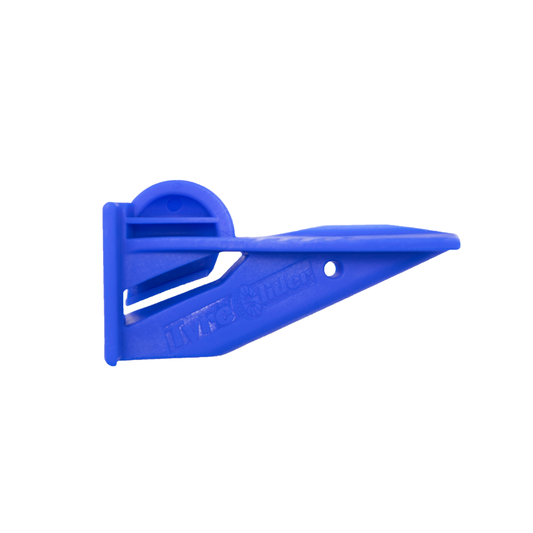air-oh-dee-nam-iks
noun
Aerodynamics is the study of how air moves around and interacts with objects in motion.
Example usage: The aerodynamics of the bike frame helps reduce wind resistance.
Most used in: Cycling circles in the US, Europe and Australia.
Most used by: Enthusiast and competitive cyclists.
Popularity: 8/10
Comedy Value: 3/10
Also see: Aero position, Aero tuck, Drafting, Aero wheels,
What is Aerodynamics in Cycling?
Aerodynamics is a major factor in the success of any cyclist. It is the science of how air flows over and around objects, and it affects the speed and efficiency of a cyclist. The basic idea is that the cyclist should be able to reduce the amount of air resistance they experience while riding. This can be achieved by streamlining the body and bike, using the right equipment, and optimizing the rider's position.
In cycling, aerodynamics can mean the difference between winning and losing a race. Studies have shown that a cyclist riding in an aerodynamic position can save up to 30 watts of energy when compared to an upright position. This can result in a significant advantage in terms of speed and efficiency.
The key to successful aerodynamics in cycling is to reduce drag. Drag is the force that resists the cyclist's forward motion. The more drag a cyclist experiences, the more energy they must expend to move forward. This can be reduced by optimizing the rider's position, using aerodynamic clothing and helmets, and using the right equipment.
Aerodynamics plays a vital role in the performance of any cyclist. By understanding the principles of aerodynamics and making the right choices, cyclists can gain a competitive edge and maximize their performance.
.The Origin of the Cycling Term 'Aerodynamics'
The term 'aerodynamics' was first used in the late 19th century in Germany. It was often used in relation to the study of the forces of air and other gases on moving bodies. During that time, scientists and engineers were beginning to understand the principles of how air moves around and past objects.
In the early 20th century, bicycle manufacturers began to use the term 'aerodynamics' to refer to the shape and design of their bicycles. These bicycles were designed to reduce air resistance and increase their speed. By the mid-20th century, aerodynamics had become an important factor in the design of bicycles, and the term was used regularly in the cycling world.
Today, aerodynamics is an essential part of bicycle design. Bicycle manufacturers use aerodynamics to optimize the shape and design of their products in order to reduce air resistance and improve speed. The term is still widely used in the cycling world and is a key factor in the success of any modern bicycle.












